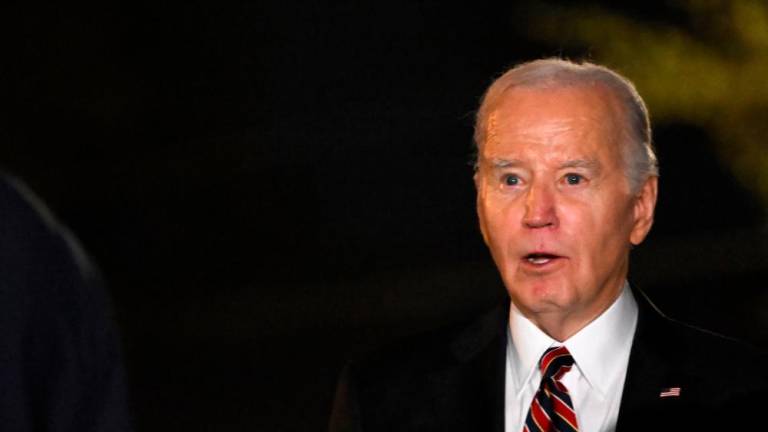MY trip to Melbourne has made me think about liveable cities again, a topic I have always been fascinated with.
According to the Economist Intelligence Unit Liveability Index, Melbourne was ranked most liveable city seven years in a row, only to be topped by Vienna in 2018 and 2019. The high ranking of these two cities is not surprising. Usually, mid-sized cities in wealthier countries with low population densities tend to score very well. Other important factors include stability, culture and environment, healthcare, infrastructure and education. The liveable city title is associated with happiness, clean and pleasant lifestyles, and a high quality of life.
In 2019, the top 10 include: 1. Vienna, Austria, 2. Melbourne, Australia, 3. Sydney, Australia, 4. Osaka, Japan, 5. Calgary, Canada, 6. Vancouver, Canada, 7. Toronto, Canada, and Tokyo, Japan, 9. Copenhagen, Denmark, and 10. Adelaide, Australia.
In Mercer’s Quality of Living Index, Vienna has been in top place in the last 10 years. Again, this is not too surprising. Vienna, the capital of Austria, is rich in history and culture, art and music, beautiful baroque architecture, imperial palaces and one of its kind “kaffee hauskulfur”. The Viennese coffee house culture dates back 100 years and is recognised by Unesco as an intangible cultural heritage. Melbourne, the second most populous city in Australia, is a multicultural, cosmopolitan city with lively street culture, live music and community festivals.
Both Vienna and Melbourne have attractive public realms, such as squares, parks, market places and cafes. The cities are culturally vibrant yet safe with low crime rates. Both cities have efficient public transport systems.
In Melbourne, rides on the tram are free of charge for everyone in the city centre within the free tram zone. Most residents who stay in the suburbs travel by trains and trams when they go to the city centre. They reach their destinations by partly walking and partly taking trams. The Bourke Street pedestrian and tram only mall is free of private vehicles. Only taxis, trams, bicycles and horse-drawn carriages are allowed.
In Melbourne, one can find almost any kind of food one craves. Malaysian visitors would be surprised that the dim sum in the city rivals restaurants in Hong Kong.
Two distinct differences between the cities are the climate and the cost of living. Vienna is generally colder than Melbourne. It is considered less expensive to live in Vienna where rent, transport, and food and groceries are concerned. Two-thirds of its citizens live in well-designed subsidised social housing built by the council. Melbourne is considered somewhat more expensive to live in.
Many of the major Malaysian cities are planning and preparing for challenges to become sustainable and liveable cities. Kuala Lumpur has the 2040 Development Plan, combining the structure plan and local plans, geared towards the UN sustainable development goals. DBKL’s planning unit has pledged to focus on community participation to achieve an inclusive, equitable and sustainable city.
Penang is striving to become a green and smart state by 2030. The Penang 2030 vision aims to foster economic growth as well as enhance residents’ quality of life, including women’s development, community welfare, digital infrastructure improvement, tourism and culture, public safety and affordable housing. It also focuses on community involvement in policy and planning.
What can we learn from Melbourne and Vienna?
First, development projects that are counter to the principles of a liveable city should take a back seat. For example, the priority given to private car travel has resulted in more expressways to relieve congestion but makes walking in the cities difficult and unsafe. Instead, cities should improve their public transit systems, including trains or bus rapid transit from residential neighbourhoods to the city centre, and the walkability of the streets, including wide, shaded sidewalks and storefronts with retail or food establishments.
Second, a vibrant public and street culture should be encouraged. Most Malaysian cities have exciting and diverse local food culture. In the past, authorities often frowned on food vendors who may not be following rules or best practices for cleanliness. Instead of discouraging them, cities should design spaces to highlight them. This has been done in Singapore.
In addition, youth culture has often been looked down upon by authorities. But, judging from Melbourne and Vienna, a creative youth culture is important for developing artistic institutions and innovative industries. In developing their plans, KL and Penang can look to their own young people to see what kind of city they want to live in.
Datuk Dr Goh Ban Lee is interested in urban governance, housing and urban planning. Comments: letters@thesundaily.com














